The production of Toyota 3SGE was launched in 1985 and ended in 2005. It was built as a variation of the 3S-FE engine for sports cars. 3SGE differs from 3SFE by the restyled Yamaha cylinder head.
For 20 years of production, this engine gained 5 modifications.
3SGE Beams Engine Specs
| Capacity | 1,998 cc (2.0 L) |
| Bore x Stroke | 86 mm (3.39 in) x 86 mm (3.39 in) |
| Variable Performance Mechanism | VVT-i |
| Compression Ratio | 11.1:1 |
| 3SGE Red Top Beams horsepower | 147 kW 197 hp at 7,000 rpm |
| 3SGE Grey Top Beams horsepower | 132 kW; 178 hp at 6,600 rpm in the RAV4; and 190 PS (140 kW; 187 hp) in the Caldina GT [source] |
| Valve Material | Steel-Alloy |
| Intake Valve Diameter | 34.5 mm (1.36 in) |
| Exhaust Valve Diameter | 29.5 mm (1.16 in) |
| Included Valve Angle | 22.5 ° |
Toyota 3SGE Engine Specs
| Manufacturer | Kamigo Plant Toyota Motor Manufacturing Kentucky |
| Also called | Toyota 3S |
| Production | 1987-2007 |
| Cylinder block alloy | Cast-iron |
| Configuration | Straight-4 |
| Valvetrain | DOHC 4 valves per cylinder |
| Piston stroke, mm (inch) | 86 (3.39) |
| Cylinder bore, mm (inch) | 86 (3.39) |
| Compression ratio | 8.5:1 (3S-GTE Gen. 1/Gen. 3) 8.8:1 (3S-GTE Gen. 2) 9:1 (3S-GTE Gen. 4) 9.2:1 (3S-GE Gen. 1) 9.8:1 (3S-FC, 3S-FE, 3S-FSE) 10:1 (3S-GE Gen. 2) 10.3:1 (3S-GE Gen. 3) 11.1:1 (3S-GE Gen. 4) 11.5:1 (3S-GE Gen. 5) |
| Displacement | 1998 cc (121.9 cu in) |
| Power output, horsepower | 82 kW (111 HP) at 5,600 rpm 85 kW (115 HP) at 5,600 rpm 90 kW (122 HP) at 5,600 rpm 94 kW (128 HP) at 6,000 rpm 96 kW (130 HP) at 6,000 rpm 103 kW (140 HP) at 6,200 rpm 110 kW (150 HP) at 6,000 rpm 115 kW (156 HP) at 6,600 rpm 132 kW (179 HP) at 7,000 rpm 136 kW (185 HP) at 6,000 rpm 140 kW (190 HP) at 7,000 rpm 147 kW (200 HP) at 7,000 rpm 156 kW (212 HP) at 7,600 rpm 165 kW (225 HP) at 6,000 rpm 180 kW (245 HP) at 6,000 rpm 191 kW (260 HP) at 6,200 rpm |
| Torque output | 166 Nm (122 lb·ft) at 3,200 rpm 162 Nm (132 lb·ft) at 4,400 rpm 169 Nm (125 lb·ft) at 4,400 rpm 178 Nm (131 lb·ft) at 4,400 rpm 178 Nm (131 lb·ft) at 4,400 rpm 175 Nm (129 lb·ft) at 4,800 rpm 192 Nm (142 lb·ft) at 4,000 rpm 186 Nm (137 lb·ft) at 4,800 rpm 192 Nm (142 lb·ft) at 4,800 rpm 250 Nm (184 lb·ft) at 3,600 rpm 210 Nm (155 lb·ft) at 6,000 rpm 210 Nm (155 lb·ft) at 6,000 rpm 220 Nm (162 lb·ft) at 6,400 rpm 304 Nm (224 lb·ft) at 3,200 rpm 304 Nm (224 lb·ft) at 4,000 rpm 324 Nm (239 lb·ft) at 4,400 rpm |
| Redline | – |
| HP per liter | 55.6 57.6 61.1 64.1 65.1 70.1 75.1 78.1 89.6 92.6 95.1 100.1 106.1 112.6 122.6 130.1 |
| Fuel type | Gasoline |
| 3SGE Weight, kg (lbs) | 143 (315) – 3SGE engine |
| 3s engine fuel consumption, L/100 km (mpg) -City -Highway -Combined | for Celica GT Turbo 13.0 (18.1) 8.0 (29.4) 9.5 (24.8) |
| Turbocharger | Naturally aspirated Toyota CT26 Toyota CT20B |
| 3S-GE oil consumption, L/1000 km (qt. per miles) | up to 1.0 (1 qt. per 750 miles) |
| Recommended engine oil | 5W-30, 10W-30 |
| 3sge Engine Oil Capacity, L (qt.) | 4.5 (4.8) |
| Oil change interval, km (miles) | 5,000-10,000 (3,000-6,000) |
| Normal engine operating temperature, °C (F) | ~95 (203) |
| Engine lifespan, km (miles) -Official information -Real | – 300,000+ (185,000+) |
| Tuning, HP -Max HP -No life span loss | 700+ ~300 |
The 3SGE 2.0L engine requires 4.8 US Quarts (4.5 Liters) of new SAE 5W-30 engine oil for an oil change with a new oil filter.
What Cars Have The 3SGE Engine?
- Toyota Avensis
- Toyota Caldina
- Toyota Camry
- Toyota Carina
- Toyota Carina E
- Toyota Celica
- Toyota Corona
- Toyota RAV4
- Toyota Vista
- Lexus IS200 / Toyota Altezza
- Toyota Ipsum
- Toyota MR2
- Toyota Nadia
- Toyota Town Ace
- Holden Apollo
3S-GE Engine Modifications
As we have already told above, the 3SGE has 5 versions, constructed for such Toyota vehicles as Celica, Altezza, Caldina, MR2 and RAV4. All the modifications have an offset of 2.0 L (1,998 cc). Moreover, these motors served as a framework for the creation of turbocharged 3S-GTE.
3SGE Generation 1 (produced between 1985 and 1989) is the debut motor of the range, built for the Celica GTS T160 vehicle. The engine keeps a compression index of 9.2 an output of 140 hp at 6,200 rpm, and a torque of 175 Nm (129 lb-ft) at 4,800 rpm.
Besides, some types of this model own a T-VIS variable intake system. They were mainly sold in Japan and were employed in Corona T150 and Camry V10/V20 vehicles. The T-VIS system makes the motor more powerful, with 160 hp at 6,400 rpm and a torque of 186 Nm (137 lb-ft) at 4,800 rpm.
3SGE Generation 2 (produced between 1989 and 1993) has a better output of 156 hp at 6,600 rpm and a torque of 186 Nm (137 lb-ft) at 4,800 rpm. Unlike its precursor, this modification features an Acoustic Control Induction System (ACIS), a variable-length intake manifold. Likewise, the motor has camshafts with a duration of 244 degrees and lifts 8.5 mm. The compression rate is 10.

3SGE Generation 3 (produced between 1993 and 1998) was subjected to another camshaft restyling. Being utilized for vehicles with an automatic gearbox, they have a duration of 240/240 degrees and lift 8.7/8.2 mm. Meanwhile, the ones for cars with manual gearshifts have a duration of 254/240 degrees and lift 9.8/8.2 mm. The third generation of 3SGE has a higher compression index than its predecessors, which is 10.3. The motor’s output is 180 hp at 7,000 rpm.
3SGE BEAMS Red Top Generation 4 (produced between 1997 and 1998) owns VVTi, a variable valve timing technology. The dimensions of the inlet and outlet valves became bigger, 34.5 mm and 29.5 mm, correspondingly. The camshafts were restyled again, with a duration of 248/248 degrees and a lift of 8.56/8.31 mm. The motor’s compression ratio reached 11.1, while its output rose to 200 hp at 7,000 rpm and a torque of 210 Nm (155 lb-ft) at 6,000 rpm. The vehicles with automatic gearboxes had an output of 190 hp. Such vehicles as Celica T200, Caldina, and MR2 used the third generation of 3SGE.
Moreover, this type includes an engine with a valve cover of black color, called the 3SGE Grey Top. It was employed for Caldina and RAV 4 automobiles. Its power comes to 180 and 190 hp.
3SGE Generation 5 (produced between 1998 and 2005) is the final modification of 3SGE. Its peculiar feature is a Dual VVTi variable timing technology. Having an output of 200 hp, the motor has identical valves to the first three generations.
In addition, being utilized in cars with a manual gearbox, it reached the output of 210 hp at 7,500 rpm and a torque of 220 Nm (162 lb-ft) at 4,800 rpm. The compression index is 11.5. The inlet and outlet valves, correspondingly, became bigger, 35 mm and 29.5 mm. Other changes included cams and titanium valves.
Toyota 3S-GTE Engine
3S-GTE is a Toyota in-line four-cylinder motor with an offset of 2.0 L (1,998 cc, 121.9 cu in). Being built on the framework of 3SGE, this engine features oil nozzles for the undersides of the piston and has a lower compression rate to be used along with a turbocharger.
3S-GTE has 4 modifications, produced between 1986 and 2007. These engines feature turbochargers with an internal wastegate design. Besides, the motor’s exhaust turbine was available in two variants: steel turbines were manufactured for the American and Australian markets while the ceramic ones were meant for Japan. It was employed in MR2 (sold in Japan and US), Toyota Celica GT-Four, Toyota Caldina GT-T, and GT-Four.
3S-GTE Engine Modifications
3S-GTE Generation 1 (produced between 1986 and 1989) is the debut version of the engine, designed as a 3SGE Gen 1 variant. It has a lower compression ratio of 8.5 and features a T-VIS variable-length intake manifold as well as 138 mm long connecting rods. A Toyota CT26 turbocharger accompanies the motor. The engine’s capacity comes to 185 hp at 6,000 rpm and a torque of 250 Nm (184 lb-ft) at 3,600 rpm. The boost pressure is 10.2 psi (0.7 bar).
The motor, reaching the ¼ mile in 15,5 seconds, was employed in Celica GT-Four ST165.
3S-GTE Generation 2 (produced in 1989-1993) was built for Celica GT-Four ST185 and MR2. It reaches the ¼ mile in 15.2 seconds, being faster than the first generation.
Here, the camshafts are 236/236 degrees long and lift 8.2/8.2 mm. Having the innovative version of the CT26A turbocharger in its kit, the motor has a boost pressure of 9 psi (0.6 bar). The 3S-GTE Gen 2 achieves an output of 224 hp at 6,000 rpm and a torque of 250 Nm (184 lb-ft) at 4,000 rpm. The compression index comes to 8.8. The motor has a 55 mm throttle body and 430 cc injectors.
3S-GTE Generation 3 (produced between 1993 and 1999) features a CT20b turbocharger and has a boost pressure of 13 psi (0.9 bar). The engine has 60 mm throttle body and 540 cc injectors. The camshafts have a duration of 240/236 degrees and lift 8.7/8.2 mm while the compression ratio equals 8.5. The motor’s output is 245 hp at 6,000 rpm and a torque of 304 Nm (224 lb-ft) at 4,000 rpm.
3S-GTE Gen 3 reaches the ¼ mile in 13.8 seconds. It was employed in Celica GT-Four ST205 and MR2.
3S-GTE Generation 4 (produced between 1999 and 2007) is the ultimate engine of the 3S series, utilized for the Caldina GT-Four ST215 vehicle. It features a restyled exhaust manifold and a CT20b turbocharger. The boost pressure is 11.5 psi (0.8 bar).
The camshafts have been restyled and have a duration of 248/246 degrees and lift 8.75/8.65 mm. The motor has a higher compression rate equal to 9. The output of 3S-GTE is 260 hp at 6,200 rpm and a torque of 324 Nm (239 lb-ft) at 4,400 rpm.
| Generation | Year | Model | Power | Torque |
|---|---|---|---|---|
| 1 | 1986–1989 | Celica ST165 | 185PS(182HP) @ 6000rpm 190HP @ 6000rpm (North America) | 250 N·m (184 lb·ft) @ 4000rpm 258 N·m (190 lb·ft) @ 4000rpm (North America) |
| 2 | 1990–1993 | Celica ST185 MR2 (1990-1992 Turbo) MR2 (North America 1991-1995) | 200HP @ 6000rpm (North America) 205HP @ 6000rpm (UK/Australia Group A Rallye) 225PS(222HP) @ 6000rpm (ST185/MR2) 235PS(232HP) @ 6000rpm (ST185 RC) | 271 N·m (200 lb·ft) @ 3200rpm (North America) 281 N·m (207 lb·ft) @ 3200rpm (UK) 275 N·m (203 lb·ft) @ 3200rpm (Group A Rallye) 304 N·m (224 lb·ft) @ 3200rpm (ST185/MR2) 304 N·m (224 lb·ft) @ 4000rpm (ST185 RC) |
| 3 | 1994–1999 | Celica ST205 MR2 (1993+ Turbo except for North America) | 245PS(242HP) @ 6000rpm (MR2) 255PS(251HP) @ 6000rpm (ST205) | 302 N·m (223 lb·ft) @ 4000rpm (ST205 Group A) 304 N·m (224 lb·ft) @ 4000rpm |
| 4 | 1997–2001 | Caldina ST215 (GT-T) | 260PS(256HP) @ 6200rpm | 324 N·m (239 lb·ft) @ 4400rpm |
| 4.5 | 2002–2007 | Caldina ST246 (GT-Four) | 260PS(256HP) @ 6200rpm | 324 N·m (239 lb·ft) @ 4400rpm |
Toyota 3S Engine Common Problems And Reliability
- High fuel consumption. To fix the problem, cleaning the throttle body, injectors, and idle control valve is recommended. In addition, it’s advisable to regulate the ignition.
- Troubles with the high-pressure fuel pump. They happen because of strong wear and tear, caused by the gasoline getting to the crankcase. The dysfunction is accompanied by a high level of oil with a smell of gasoline, twitching and unstable functioning of the automobile, fading of the engine, and weak turns. The solution is to change the high-pressure fuel pump for a fresh one.
- Vibrations. In this instance, it’s necessary to examine the engine mounts and acquire fresh ones.
- Exhaust gas recirculation valve failure. Because of getting carbonized and aging, the valve begins to operate unsteadily. The other reason is the use of bad-quality gasoline. The problem causes rough idling and power reduction. It’s necessary to polish the EGR valve or replace it with a new one.
- Rough idling. The engine stops functioning. Usually, you can get rid of this trouble by cleaning the throttle body. If it’s not enough, you need to polish the intake manifold.
- High fuel consumption. To fix the problem, it’s recommended to clean the throttle body, injectors, and idle control valve. In addition, it’s advisable to regulate the ignition.
- Vibrations. In this instance, it’s necessary to examine the engine mounts and acquire fresh ones.
- Overheating of the motor. It means that the radiator cap must be examined thoroughly.
In total, the 3S engine by Toyota is reputed for its safety. It can work steadily for a long period if to take care of it regularly. The major disadvantage is its age. Today, there are a few engines of this series, which are in perfect condition. Moreover, we recommend avoiding buying the 3S-FSE as it has more trouble than other engines in the range.

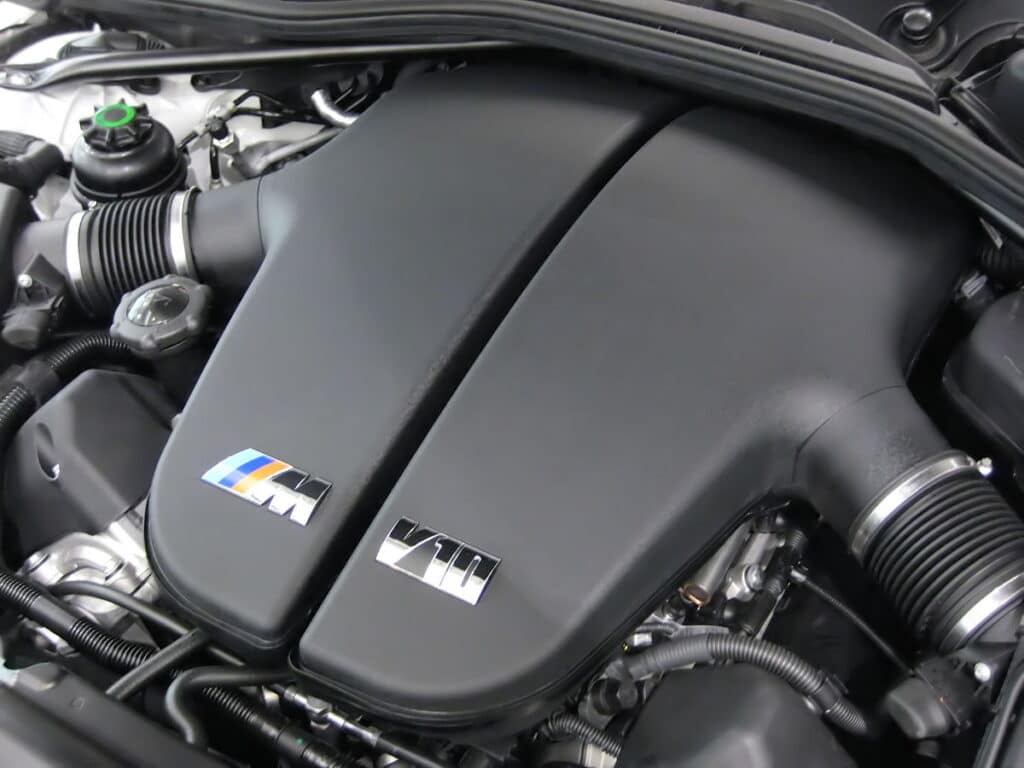
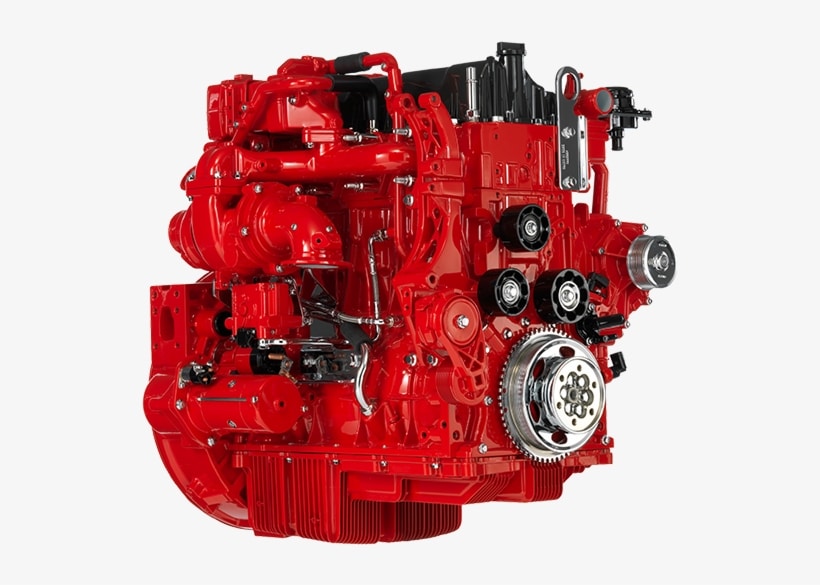
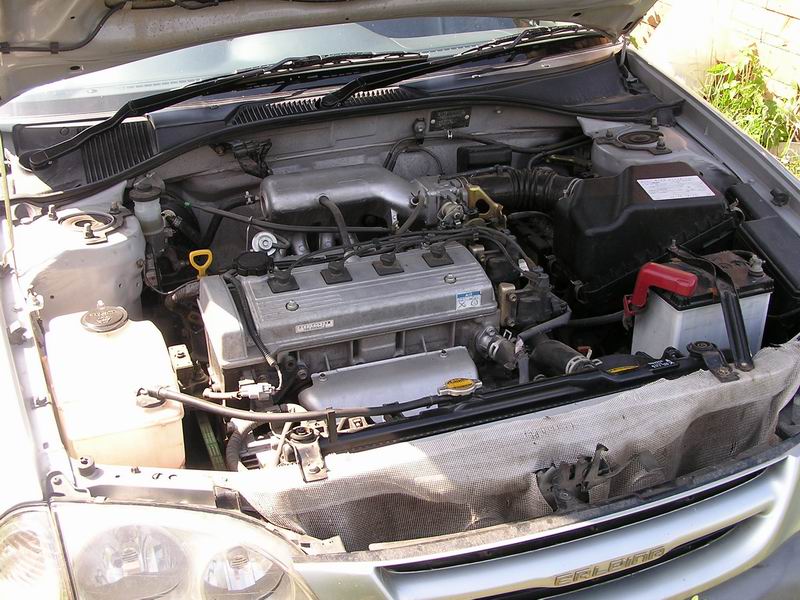
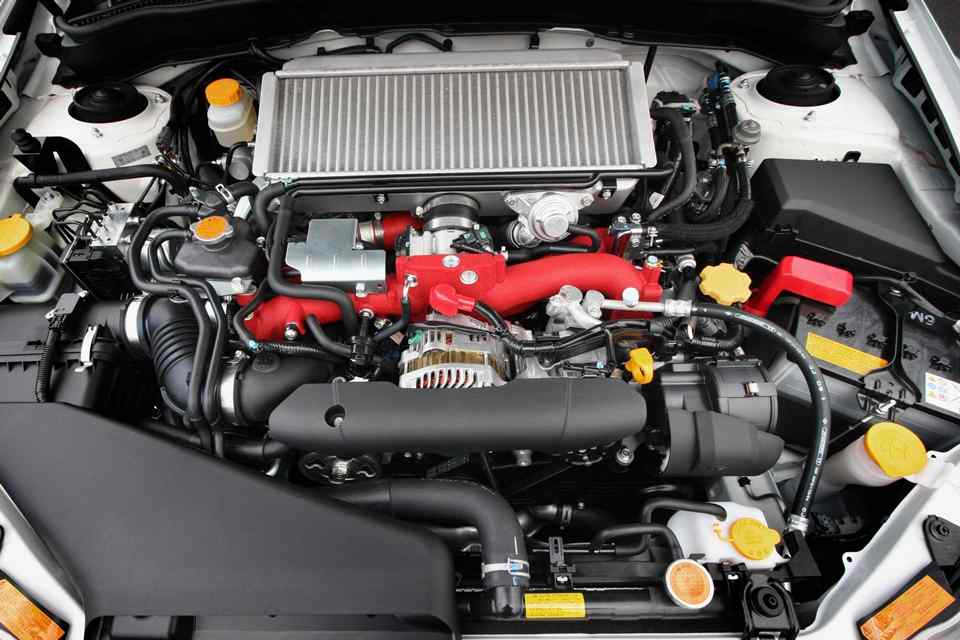
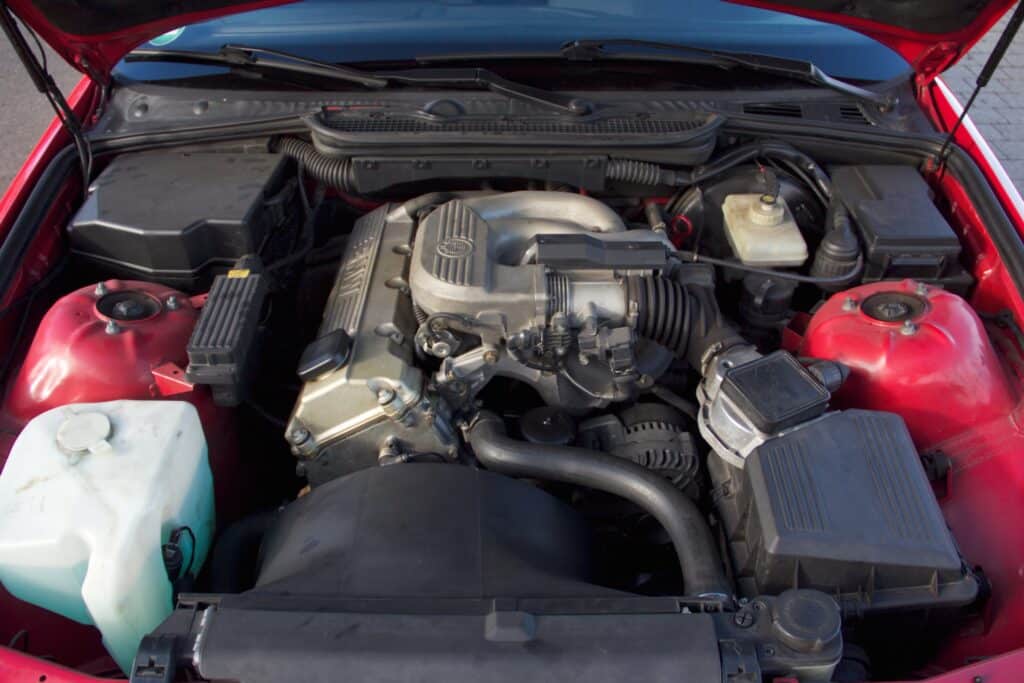
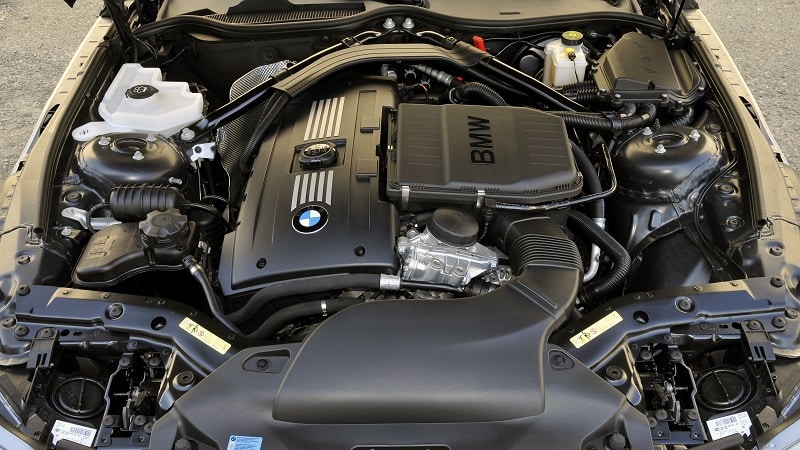
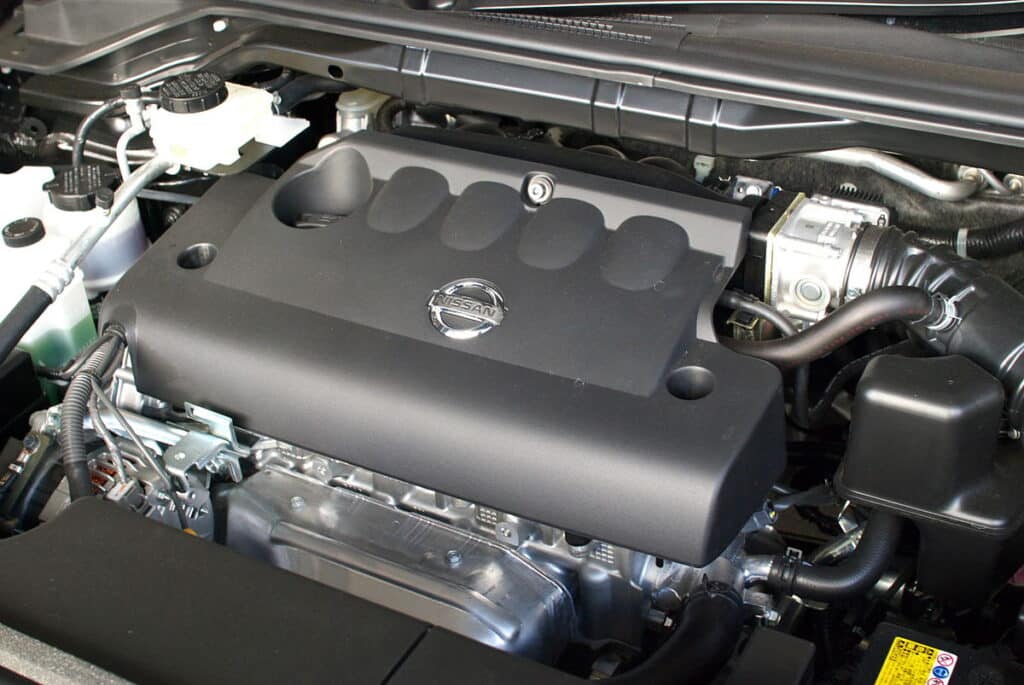
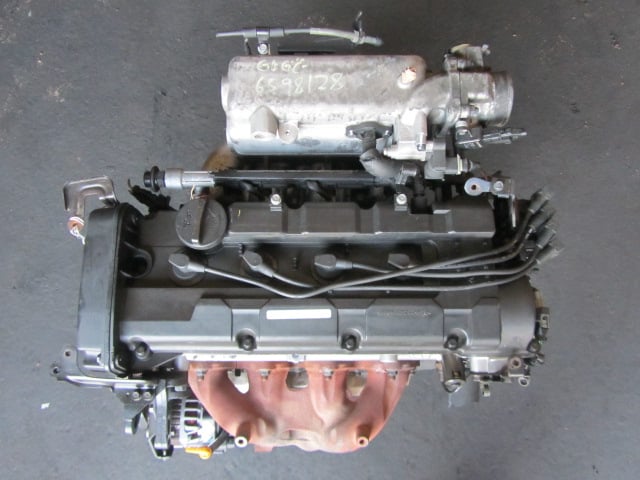
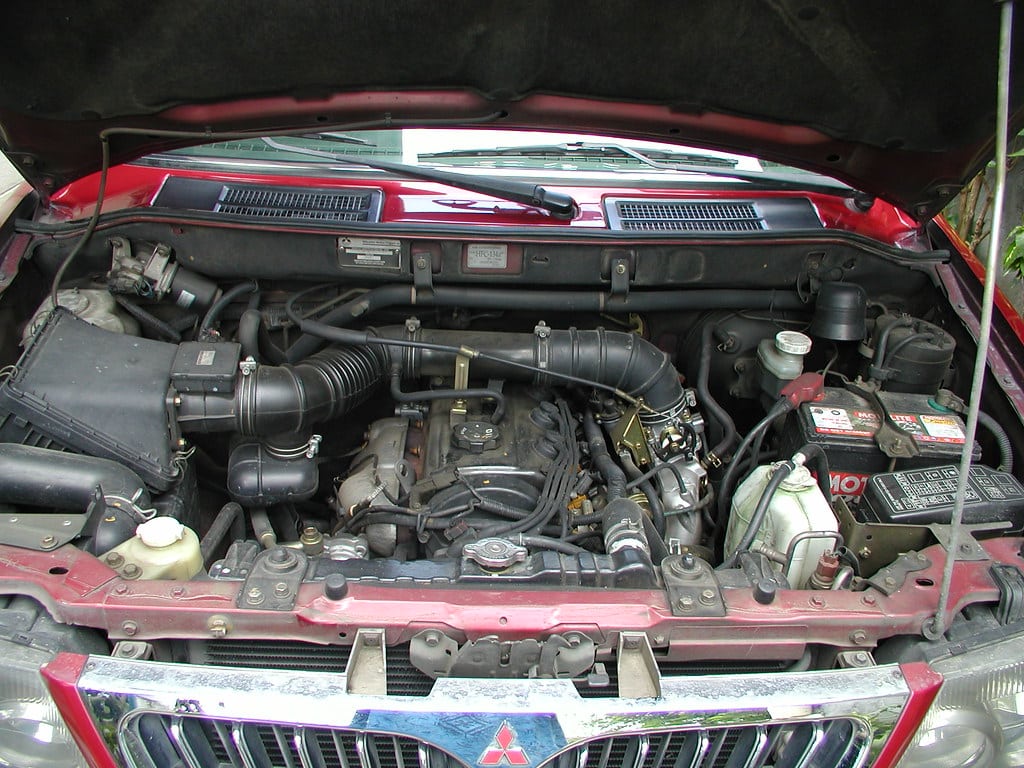
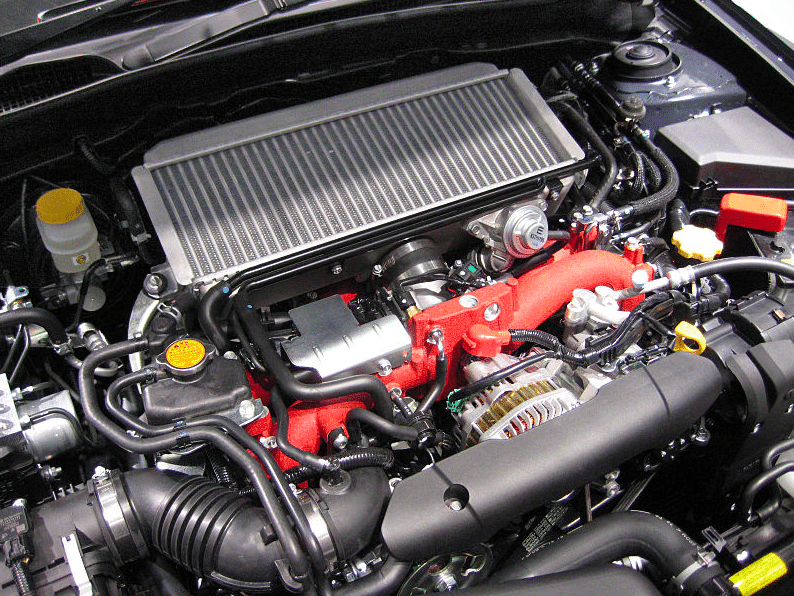
Hi, I’m driving a Toyota Corona ST171 with 2.0GL 3S-GE engine. I need help in identifying which type of engine oil is suitable for my car. I checked the car manual & it doesnt state which type of engine oil I should use. Any ideas ?
We represent oil viscosity numbers in the table above. Finde Engine Specs place in the article (it’s 5W-30 or 10W-30).
Hi, I have a 1989 Toyota Celica GTS with the 3sge engine in the United States. I have had the head gasket replaced once at around 102,000 miles. The car is now at 194,000 miles and the head gasket is leaking again. I am considering replacing it with a cometic brand head gasket with a thickness of 0.030. I’m not sure how thick an oem head gasket is. My question is will the thickness of this new gasket change and or cause any problems? I want the cometic head gasket hoping that it will be less likely to fail as opposed to an oem replacement. Any thoughts on this would be greatly appreciated.
Inquiring, what is involved in a 3S-GE Beams engine swap into 86 hilux. Will the engine fit behind cross-member or will it need to be modified? Any info would help.
Yes. Watch the 3SGE BEAMS SWAPPED HILUX REVIEW! video on YouTube
I am in new zealand and have a 1996 toyota rav4 MTM 2 door awd with the 3sge motor fitted from factory. I need a video of how to replace the rocket cover and spark plug tube gaskets. There seems lot to remove off the motor to get to the rocket cover. Doesnt seem to be lot of videos on rav4 3sge repairs. Ive searched the net and youtube for hours.
Am in Zambia,I have Toyota Carina ed fitted with a 3s ge engine the problem is high fuel consumption, what should I do to resolve this?
Hello. How many miles or kilometres has the car passed?
Perhaps you started driving too aggressively?
Are there any errors, like check engine?
Overloading the car or riding on flat tires can also increase fuel consumption. Even changing a gas station or gasoline…
and in the end, I would suggest paying attention to spark plugs, air and fuel filters.
Hie am having problems with my toyota lexus is 200 the engine started vibrating when l had removed the car battery. Then after a day the car would not start. I have changed the fuel high pressure pump, plugs and also coil packs and it’s still not working.
Hello.
Some car alarms need to be re-configured after changing the battery. Try to run it with your PIN.
Hello thanks for the information.i’ve a 3rd gen 3sge from a 94 celica and I’m planning to do a cam upgrade with the toda 264/9.0 for the intake and 256/9.0 for the exhaust so i would like your advice if it is safe to do a drop in without any mods at all.my engine is the automatic one so i guest it has duration of 240 on both intake and exhaust according to the info above but i’m running a manual gearbox,manual wire harness and a manual ecu.i awaits your reply.
I’m looking at buying a Toyota altezza auto with a 3sge beams motor but it has 215***kms does anyone know how many kms the motor will last to before it starts breaking down and stuff. So would it be safe to buy this altezza or nah
It depends on how well it was maintained and what is the current with this engine. You can understand it by not only looking at the engine, but at a car in general.
If everything is OK, you probably can run 100,000 km more.